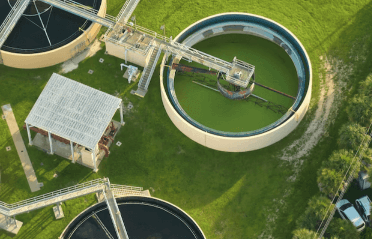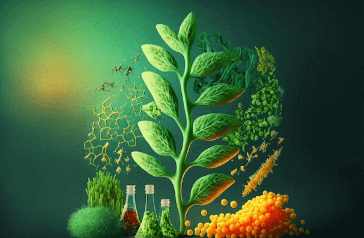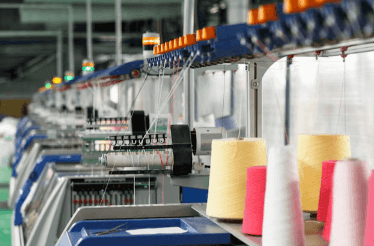Question
a.
specific acid base catalysis
b.
general acid base catalysis
c.
substrate collision theory
d.
lock and key model
Posted under Enzyme Technology
Interact with the Community - Share Your Thoughts
Uncertain About the Answer? Seek Clarification Here.
Understand the Explanation? Include it Here.
Q. If the catalysis involves participation of small organic molecules, cofactors, and amino-acid side chains from the enzyme is termed as ____________
Similar Questions
Explore Relevant Multiple Choice Questions (MCQs)
Q. ________________ involves substrates forming transient covalent bond with the residues present in the active site
View solution
Q. The covalent catalysis is aided by one of the following method?
View solution
Q. Which is the first step involved in chymotrypsin mediated peptide bond hydrolysis?
View solution
Q. Which of this is not true for the active site of an enzyme?
View solution
Q. Daniel Koshland proposed a model for enzyme’s reaction mechanism in 1958 which is termed as __________
View solution
Q. In lock and key model, the enzyme catalyzed reaction may produce an adverse reaction.
View solution
Q. The energy required to attain transition state is referred to as _____________
View solution
Q. The transition state cannot be achieved by using one of the following methods?
View solution
Q. Which of the following factor has a negative impact on substrate collision theory?
View solution
Q. The type of catalysis wherein the proton donation or acceptance is done by water molecule is referred to as _____________
View solution
Q. In the catalysis of RNA by Bovine pancreatic RNase A, His 12 acts as proton donor.
View solution
Q. The phenomenon which involves formation of an additional covalent intermediate in a reaction that helps to reduce the energy of later transition states is referred to as ___________
View solution
Q. Chymotrypsin: Nucleophilic catalysis:: Carboxypeptidase A: __________
View solution
Q. A type of catalysis which involves covalent intermediate transition state formation between the cationic electrophilic group in the enzyme and the electron rich portion of the substrate is referred to as ____________
View solution
Q. _____________ involves donation of electrons from nucleophilic active site residues to a substrate forming a covalent adduct transition state intermediate.
View solution
Q. Which of these is not required for electrophilic catalysis?
View solution
Q. Which of the following assumption was not made in rapid equilibrium model?
View solution
Q. Which of these is referred to as Kcat?
View solution
Q. What does the following equation represent?
\(\frac{1}{V_0} = \frac{K_m}{V_{max}} \frac{1}{[S]}+\frac{1}{V_{max}}\)
View solution
Q. Which of the following is based on rearrangement of Lineweaver Burk plot equation by multiplication of [S₀] factor?
View solution
Recommended Subjects
Are you eager to expand your knowledge beyond Enzyme Technology? We've handpicked a range of related categories that you might find intriguing.
Click on the categories below to discover a wealth of MCQs and enrich your understanding of various subjects. Happy exploring!








